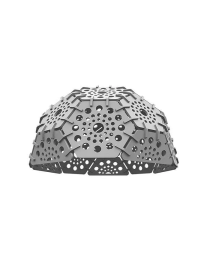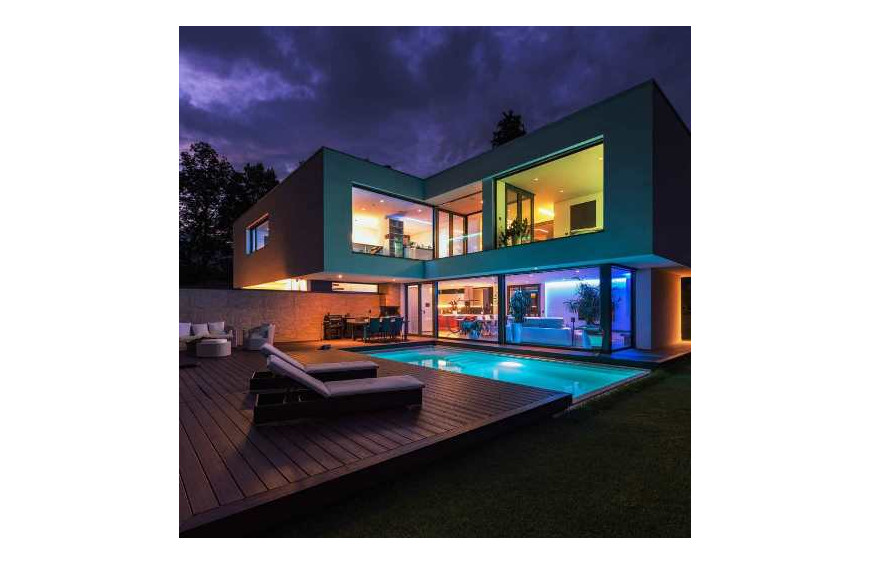New products
- Link floor lamp$799.99 PriceAlabaster Half Spheres...$3,999.99 PriceVintage Murano Style Glass...$699.99 Price
- Harmony Glow Felt Acoustic...$729.99 Price
What is the Color Rendering Index (CRI) Rating & Why Does It Matter in Lighting?
Did you know that not all light is made equal? Some light renders color better than others. The type of light you use in your residential or commercial project could have a profound effect on the way a space looks. This is often attributed to something known as the color rendering index, also referred to as CRI. Ideally, you want to use lighting that will best illuminate each room depending on your needs. So, if you are serious about making your home or commercial space look better, as well as the people in it, CRI (Color Rendering Index) is a term you should understand. Keep reading below on what's CRI and why it’s important.
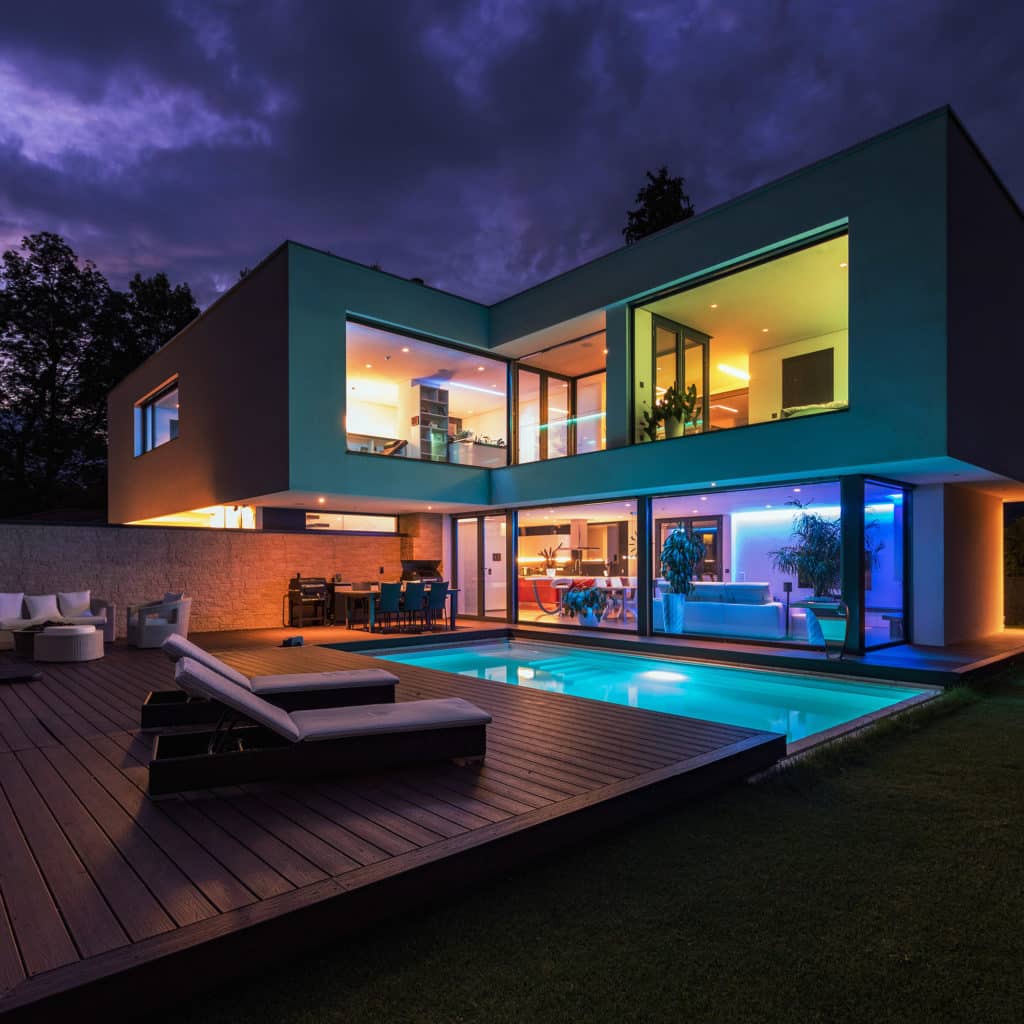
What CRI Means?
Color Rendering Index (CRI) is the measurement of how colors look under a light source when compared with sunlight. It refers to how accurately artificial light shows colors of the objects (or people) under them. Using a numerical scale from 1 to 100, CRI evaluates the color rendition and color accuracy of objects under different lights compared to how those objects would look under incandescent lights or natural sunlight. The higher the numerical value of CRI, the better the light fixture or bulb’s color rendition.
In general, bulbs at the higher end of the scale will produce a more accurate color rendering of the objects around it. This can be vital for use in things like photography or lighting used in a. But it can also affect you and your home. It's best to choose bulbs that will make your surroundings clear, bright and as close to how they would appear in an outdoor, natural setting..jpg)
What are common CRI values and what is acceptable?
CRI is a very useful tool for narrowing down which light bulb will work best for you, and while it may be tempting to always opt for a high CRI, remember that a high score is not necessary for every application.
* A very low CRI—around and below 50—will be visibly noticeable to most humans and should only be used in situations that this won’t cause an issue.
* CRI—between 70 and 89—is acceptable for use in most other applications. For most indoor and commercial lighting applications, Lights with a CRI measured greater than 80 are considered to be more than acceptable color rendering.
* High CRI: For applications where color appearance is important for the work being done inside, or can contribute to improved aesthetics, 90 CRI and above can be a good starting point. Lights with a CRI that is measured greater than 90 are generally considered “High CRI” lights. When the most accurate color rendering is essential, 90+ CRI values are recommended.
Types of applications where 90 CRI might be needed for professional reasons include hospitals, textile factories, printing facilities, museum setting, paint shops and galleries. Areas where improved aesthetics could be important include high end hotels and retail stores, residences and photography studios.

Difference between Color rendering index (CRI) and Color Temperature (CT)
It's important not to confuse Color Rendering Index with Color Temperature. Color rendering index (CRI) goes hand in hand with color temperature when you’re trying to pick the right lighting for your application. Color temperature, measured in Kelvin, denotes how warm or cool lighting is. Warmer, yellowish temperatures are generally preferred to set a relaxing ambience, such as at a restaurant, while neutral or cooler temperatures tend to be better for tasks and work spaces in office, commercial, and industrial settings.
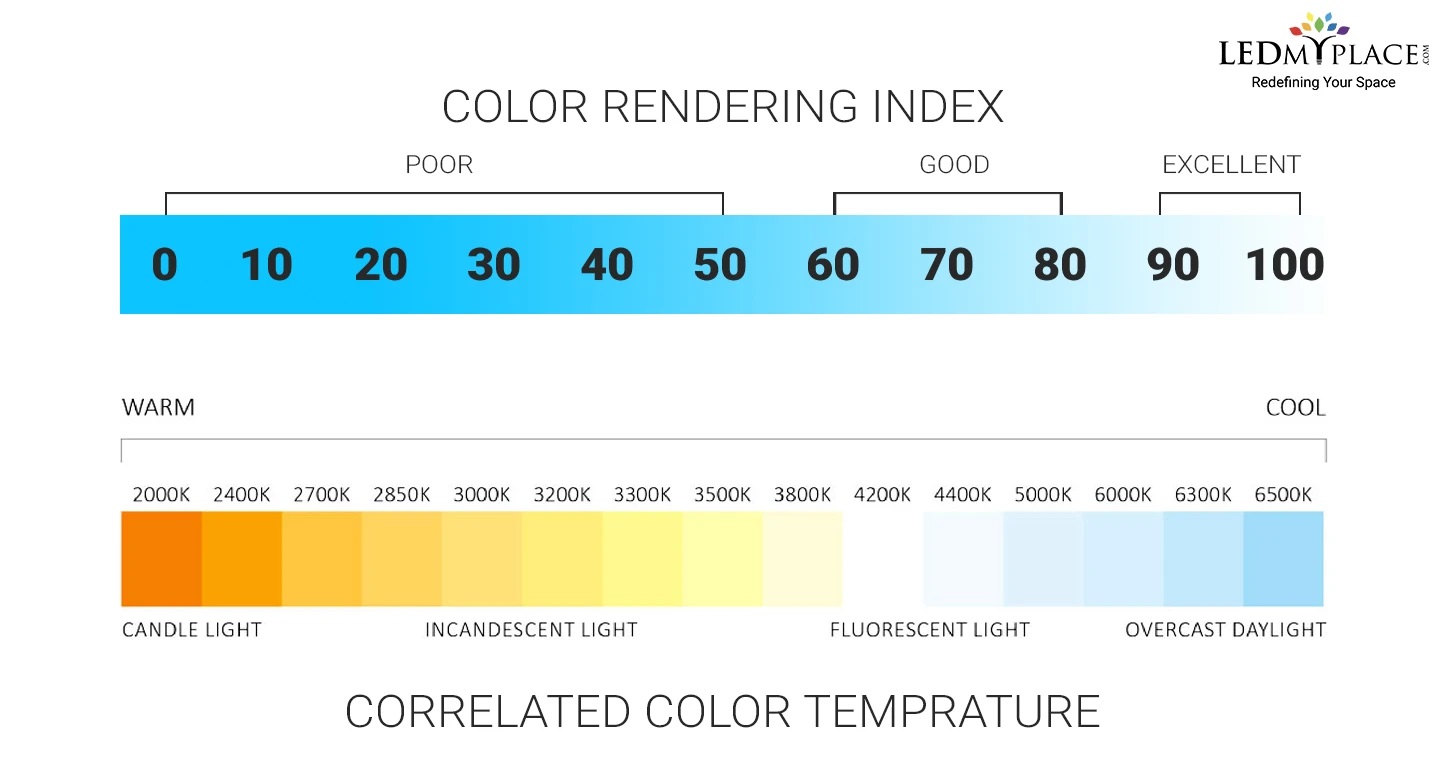
Why CRI Is Important?
Why is color rendition important? It can be a crucial factor in practically any space, from your home to your business. A lamp with a low CRI will impart a flat, washed-out hue to whatever it illuminates. In objects, this can mean drab, dull colors. In people, this can translate into sickly skin tones and unappealing, lifeless eyes.
Conversely, lighting with a high CRI can instill vibrant life in your environment. A high CRI will make the colors of furniture, clothing, food, and other objects “pop,” adding a deeply rich subtlety to the design tableau you have set. This flattering aspect carries over to people. High CRI will help give people a rich skin tone and a glowing, healthy look. A high CRI rating is especially important for color-critical applications and environments where visual appeal, presentation, and color accuracy is vital to business. This includes retail stores to highlight colorful clothing, grocery stores to make the food and produce look delicious, and even in real estate when making a home look vibrant and appealing will help it sell. For most people and places, the higher the CRI, the better.

LED Lights and CRI
LED Lights have been lauded for their energy efficiency even. They also boast other benefits, such as longer life. In addition, they contain no hazardous mercury and do not shatter. LED lights boast one other crucial advantage: They can provide better CRI. That means you can enjoy more vibrant, realistic colors, whether you are shaving or putting on makeup in front of your bathroom mirror at home, illuminating art on a wall, or lighting a window display in a store.
Different types of light bulbs have different color-rendering abilities. At the bottom, for instance, are high-pressure sodium and mercury-vapor lights, with CRIs of about 24 and 49 respectively. Although no bulb can match the ideal color rendition of incandescents, some do a pretty good job. Fluorescent bulbs, for instance, can give decent CRI, although you have to pick and choose. Depending on coating, fluorescents have a CRI range of 50 to 85. When you pick the top fluorescents, you can get good but not great color rendition.
Modern LEDs, however, can boast CRIs into the high 90s. This means you can get nearly perfectly natural color if you choose a LED with a high CRI. This can be crucial in businesses where you are looking for attractive natural colors, such as restaurants or stores, or in homes where you want everyone to look and feel their best and your residence to look its best.
The best thing about LED lights with excellent, high CRI ratings is that they don’t cost much more than those with standard good CRI ratings. Considering the benefits of natural color rendition, it can pay in many ways to spend a little more for a higher CRI. Plus with the constant evolution of LED technology, LED performance keeps increasing.
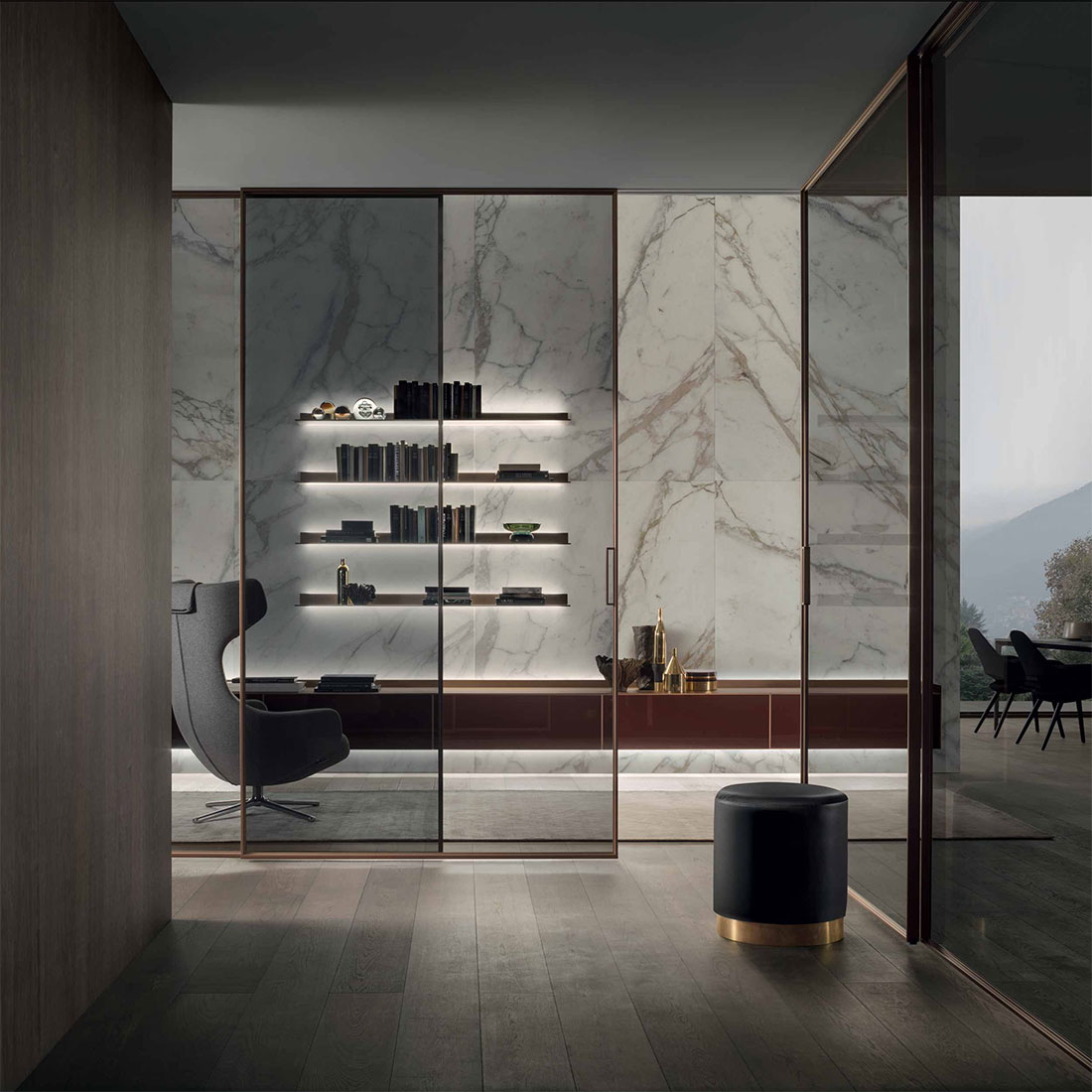
Conclusion
Simply put, CRI is the measurement of how light affects how you see color. Understanding the CRI in your bulbs and fixtures plays an important role in your home's appearance. This range can also depend on the "temperature" of the light. When it comes to choosing the right light bulbs for your residential or commercial space, CRI for lighting plays a role. If you choose lighting that has a higher CRI rating, you can be sure you're getting the most accurate color portrayal in your space. High CRI is generally a desirable characteristic but it depends on the required application. We hope that this guide helped you understand what is Color Rendering Index (CRI) and how it can help you improve your quality of light.
At Woo Lighting, we have quality products to meet your lighting needs. We also have knowledgeable expert team who can assist you in choosing the appropriate products or customize lighting solutions for your specific application.
Feel free to get in touch with our team who will be more than happy to help: sale@woo-lighting.com
Check out our website www.woo-lighting.com for more information!







